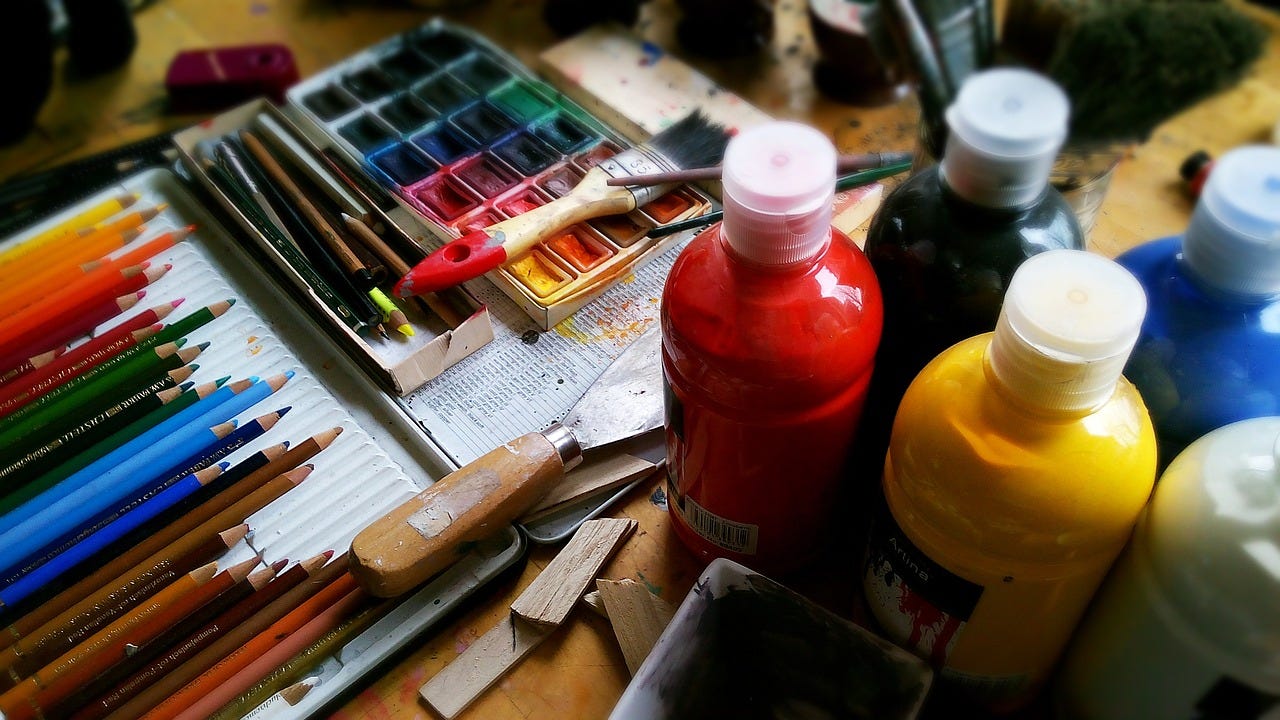The Enduring Value of Physical Art in a Digital Age
The Enduring Value of Physical Art in a Digital Age
Introduction:
In an increasingly digital world, the importance of physical art cannot be overstated. While digital art has gained popularity and recognition, it is crucial to recognize the enduring value of physical art forms. This article aims to highlight the significance of physical art and why its value will continue to increase, even as more people create exclusively digital art. It is important to encourage physical art without diminishing the value of digital art, as both mediums have their unique contributions to make in the artistic landscape.
The Tangible Connection
One of the most compelling reasons to continue creating physical art is the tangible connection it offers. Physical art forms, such as paintings, sculptures, and ceramics, provide a sensory experience that digital art often struggles to replicate. The texture, weight, and physical presence of a piece of art can evoke a deep emotional response in the viewer, creating a lasting impact that digital art may not achieve.
Preserving Artistic Traditions
Physical art forms carry the weight of history and cultural heritage. Traditional painting techniques, sculpting, and other physical art practices have been passed down through generations, preserving artistic traditions and narratives. By continuing to create physical art, we honor and celebrate these traditions, ensuring that they are not lost in the digital age.
The Power of Originality
Physical art offers a unique opportunity for artists to showcase their originality and creativity. Each brushstroke, chisel mark, or stroke of the pen is a testament to the artist's skill and vision. The physicality of the medium allows for a more intimate connection between the artist and the viewer, as the artist's handiwork is evident in every detail. This authenticity and originality contribute to the enduring value of physical art.
The Joy of Creation
Creating physical art can be a deeply fulfilling and therapeutic experience. The process of working with physical materials, experimenting with different techniques, and witnessing the transformation of raw materials into a work of art can bring immense joy and satisfaction. The tactile nature of physical art allows artists to engage with their work on a more intimate level, fostering a sense of connection and accomplishment.
The Importance of Diversity
In a world where digital art is becoming increasingly prevalent, it is essential to maintain a diverse artistic landscape. Encouraging the creation of physical art ensures that we have a wide range of artistic expressions and mediums to explore. By embracing both physical and digital art, we create a more inclusive and diverse artistic community that can inspire and challenge one another.
The Value of Collectibility
Physical art holds a unique value in terms of collectibility. Owning an original piece of physical art is a tangible and personal experience that cannot be replicated by digital art. The scarcity and uniqueness of physical art contribute to its value as a collectible item, making it a sought-after investment for art enthusiasts and collectors.
The Complementary Nature of Physical and Digital Art
It is important to recognize that physical and digital art are not mutually exclusive but rather complementary. Both mediums have their unique strengths and contributions to make in the artistic landscape. Digital art offers accessibility, interactivity, and the ability to reach a wider audience, while physical art provides a tangible connection, authenticity, and a sense of history. By embracing both mediums, we can create a more vibrant and inclusive artistic community.
Conclusion
In a digital age where technology dominates our lives, the importance of physical art cannot be overlooked. Physical art forms offer a tangible connection, preserve artistic traditions, showcase originality, bring joy to creators, promote diversity, hold collectible value, and complement digital art. It is crucial to encourage the creation and appreciation of physical art without diminishing the value of digital art. By embracing both mediums, we can create a more balanced and enriching artistic landscape that celebrates the unique contributions of each. Let us continue to create physical art and recognize its enduring value in an ever-evolving digital world.


